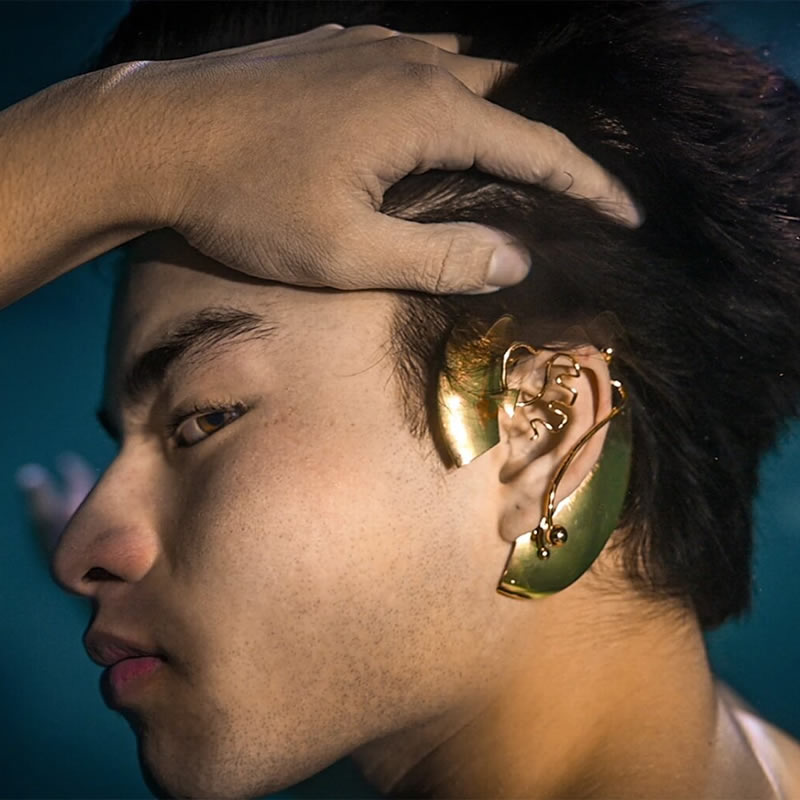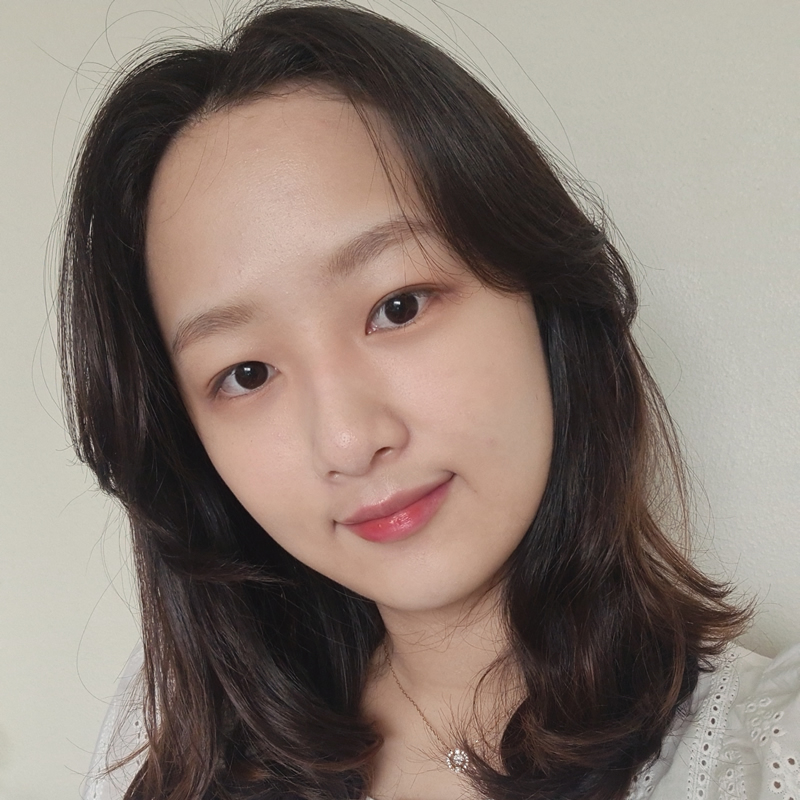No more hidden disabilities - Juhee K.


Description:
This photo by Chella Man shows a confident person who wears a piece of jewellery on the ear. The person's gaze and the other person’s hand on the hair make the person attractive.
Significance:
I chose this photo because it has a hidden message that a person has a hearing issue. Rather than focusing on a person's disability, this photo only shows how beautiful a person is. Looking at this photo also inspired me to think about hidden disabilities and other meanings.
Hidden disabilities are people who have invisible disabilities who do not have assistive equipment like a cane, wheelchair, or hearing aids but have disabilities that affect their daily life. If these people do not say that they have disabilities, others in society do not know, like this photo. I believe that there are more meanings for hidden disabilities. First is that people with disabilities are hiding in society, feeling they are behind. People with disabilities are often described as their disabilities, not by their names or other characteristics by others. They are also treated as sexually unattractive by society. This affects people with disabilities to conceal themselves and easily fall into low self-esteem. However, this photo shows how charming and an attractive person is. It is then brought the second meaning that the sexual rights of people with disabilities are forgotten, and they are overprotected by their households, guardians and system and not easily able to meet with people in sexual tension. Thus, I chose this photo to see what hidden disabilities mean.
Positionality:
My personal history after recognising mild hearing loss affected all of my journeys to study social work and especially to learn about disability. The sad but interesting fact was that I was a congenital hearing loss that no one in society, family, teachers, friends, and more adults did not know until I turned 10. After diagnosis and wearing hearing aids, there were two different views. Adults said they thought I was an exceptionally quiet and focused kid in class and loved staying alone. Classmates said that hearing aids are for old people. Also, there was a situation where a boy I fell in love with used disparaging the disabled word and asked me whether I was deaf. Since then, I started to hide my hearing aids with my long hair and trying not to tell anyone about my disability until now.
My history evicts the service gap and a lack of awareness of disability, which led me to be passionate about studying and learning about the disability field. Although now my home country has set the service to check infants' congenital disabilities, I believe there are more things to change and develop support services and raise awareness. I want to enhance my knowledge to understand the challenges of people with disabilities to provide adequate support to them and further see a respectful world where no one hides their disability due to fear of being criticised and neglected by their loved ones.
Impact:
This subject has impacted me to think about the importance of sexual wellbeing and sexual rights, and willing to study this field. I used to think that sexuality is a personal thing that is not part of social workers' roles, and I felt uncomfortable talking about sexuality. However, through this subject, I found how individuals' sexual wellbeing and protecting their sexual rights are crucial, and social workers should build knowledge on it.
According to Lee et al. (2021), Sexual wellbeing is related to physical and mental health wellbeing, that social work should explore more. As social workers act for social justice and support people who face inequalities (Turner et al., 2018), the sexual wellbeing of all clients is also an important aspect of working. It means that I have to enhance my knowledge of the sexual field to better support future clients and be used to talking about sexuality, and I also want to explore more.
Wish List:
I hope this photo inspires viewers to see people just the way they are. As the person in the photo is confident and knows how attractive the person is, I hope people with disabilities see how beautiful and charming they are and not afraid of talking about their disabilities. I also want viewers to think about what hidden disabilities are and what challenges people with disabilities face, especially about their sexual wellbeing. I further want to see a society where there are no hidden disabilities and where they are fully respected.
There are more things that viewers could work together to build a 'No more hidden disabilities' society. Raising awareness by understanding different disabilities and reviewing how media describes disabilities and being a supporter of people with disabilities to develop social policy and services. If the viewers are working in social work, I hope they broader their knowledge of sexual rights and sexual wellbeing, not only for people with disabilities but also to be prepared to support the overall wellbeing of their clients (Giersten et al., 2021).
Comments are closed.



One Comment
Juhee illustrates clear understanding of the entanglements between sexuality, desirability and disability. The artwork displays what Erickson (2020) terms as ‘flaunting’—a subversive act that reframes in a sexually alluring or desirable way the intentionally hidden disabled body parts and adaptive devices. Beese & Tasker (2021) highlight the ways deaf people experience ‘oralism’—a culture in which oral language communication is preferred over visual language communication. Juhee’s experience of oralism with a boy who shamed her hearing aid and disability made her want to hide her hearing aid and hearing loss. This is an example of the internalisation of “cultures of undesirability” in which a person attempts to hide away aspects of oneself deemed disposable, shameful or unworthy (Erickson, 2020). Juhee’s chosen work demonstrates the agency of Chella Man that directly speaks back to “narratives of disposability and consumption” that turns the site of shame (hearing aid and hearing loss) into the site of resistance (Erickson, 2020, p. 287).